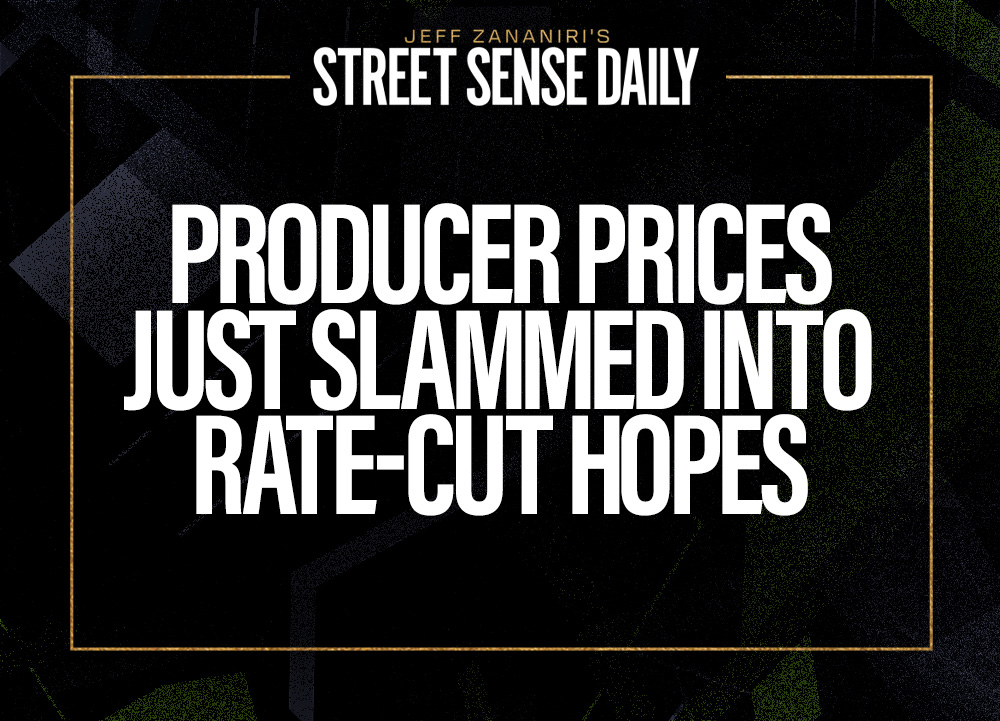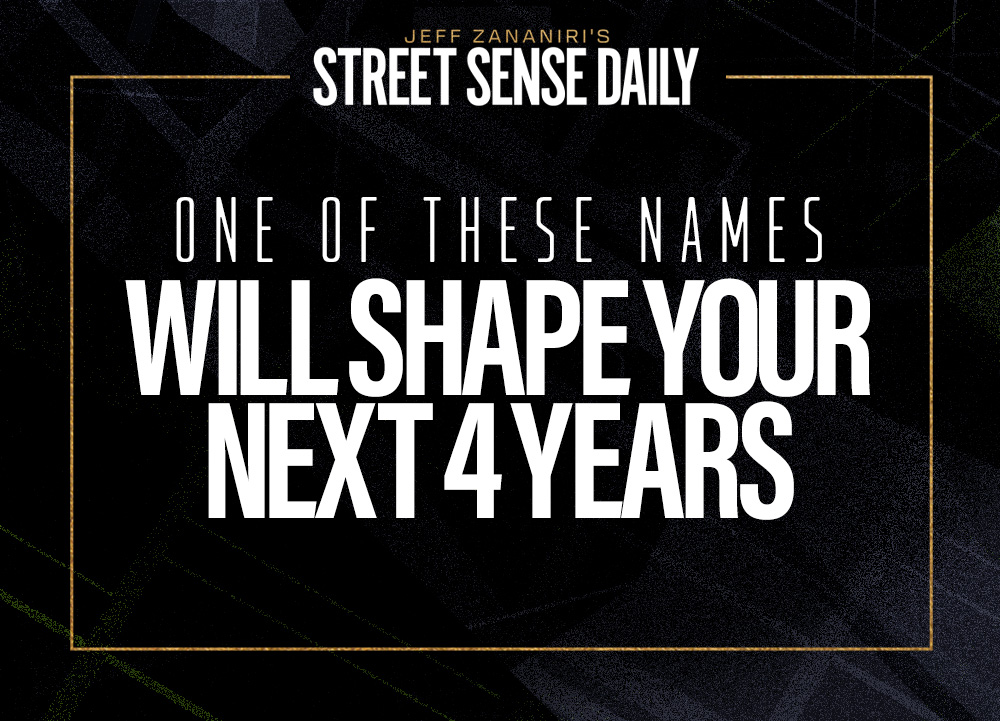Good morning, traders,
When the numbers dropped Wednesday morning, they hit like a gut punch to anyone betting inflation was done messing with the market.
The Producer Price Index (PPI) — a measure of what businesses pay for raw goods and services — surged 0.9% in July.
That’s not just a beat, it’s a blowout.
Wall Street expected a 0.2% move. Instead, we got the biggest jump since June 2022.
And it wasn’t just the headline number.
Strip out food and energy, and the “core” PPI still climbed 0.9% — triple the forecast.
Toss out food, energy and trade services? You’re still looking at a 0.6% rise, the hottest monthly move since March 2022.
This throws cold water on the recent optimism that inflation has been tamed.
It also raises a nasty question: Are these rising costs going to get passed down the chain to consumers?
If they do, it puts the Fed in a tighter spot ahead of their September meeting.
The consumer inflation data earlier this week looked decent. CPI came in at 2.7%, unchanged from June, which gave the bulls a reason to party.
But wholesale prices tell the future. This is the cost pressure that hasn’t shown up in consumer data yet.
Traders should be asking: How long before this trickles down to shelves, services, and spending?
And what’s the Fed going to do about it?
Here’s what I think, and how you can handle it.
Rate Cuts? Not So Fast …
The market has been rallying on the hope that the Fed is on the verge of slashing rates.
But this PPI report complicates things. It doesn’t kill the idea of rate cuts, but it absolutely muddies the water.
If you’re Jerome Powell and you’re staring at core producer inflation almost hitting 1% in one month, you’re not sleeping well.
The question is: How sticky is this inflation?
If this was a one-off spike, maybe the Fed stays the course and cuts in September or later this year.
But if wholesale prices stay hot into August, the Fed may hold steady — or worse, start talking tough again.
And that’s where traders need to keep their eyes open.
Yet, Small Caps Are Telling a Different Story
While the PPI shocker made headlines, the Russell 2000 didn’t blink.
In fact, it kept climbing: up 2% on Wednesday after a 3% surge Tuesday.
That’s not noise. That’s real momentum.
The Russell just hit its highest level since December.
Small-cap stocks, which tend to be more sensitive to interest rates, are signaling that investors still believe cuts are coming.
Why the disconnect?
Simple: The CPI data earlier this week gave a green light to the idea that consumer inflation is under control.
And in the absence of major shocks, investors are betting the Fed will focus more on weak growth and less on backward-looking inflation.
This is where traders need to be sharp.
You’ve got two stories unfolding at the same time.
Wholesale prices (PPI) are saying inflation risk is alive and well. Small caps (via the Russell) are saying the opposite, betting on a rate-friendly environment.
Who’s right?
We’ll find out soon enough, but here’s how I’d think about it if I were managing a book on Wall Street today:
- Watch the next round of PPI and CPI like a hawk. If producer prices stay hot, that’s a problem.
- Pay close attention to corporate earnings. If businesses start complaining about margin pressure from rising input costs, that’s a red flag.
- Small caps are running hot, but don’t chase them blindly. Look for names with strong balance sheets that can handle a higher-for-longer rate environment if the Fed doesn’t cut in September.
Bottom line? Inflation’s not dead. Not by a long shot.
And anyone trading like the Fed’s job is done is playing with fire.
Stay sharp,
Jeff Zananiri
P.S. If you want to learn more, Aaron Hunziger is going live in the APEX War Room Saturday at noon ET to break down the trades he’s watching and the setups he’s targeting right now.
You’ll see exactly how he’s positioning for the next market move — and why timing is everything this week.
Don’t miss your chance to watch him map out his strategy in real time.
*Past performance does not indicate future results


